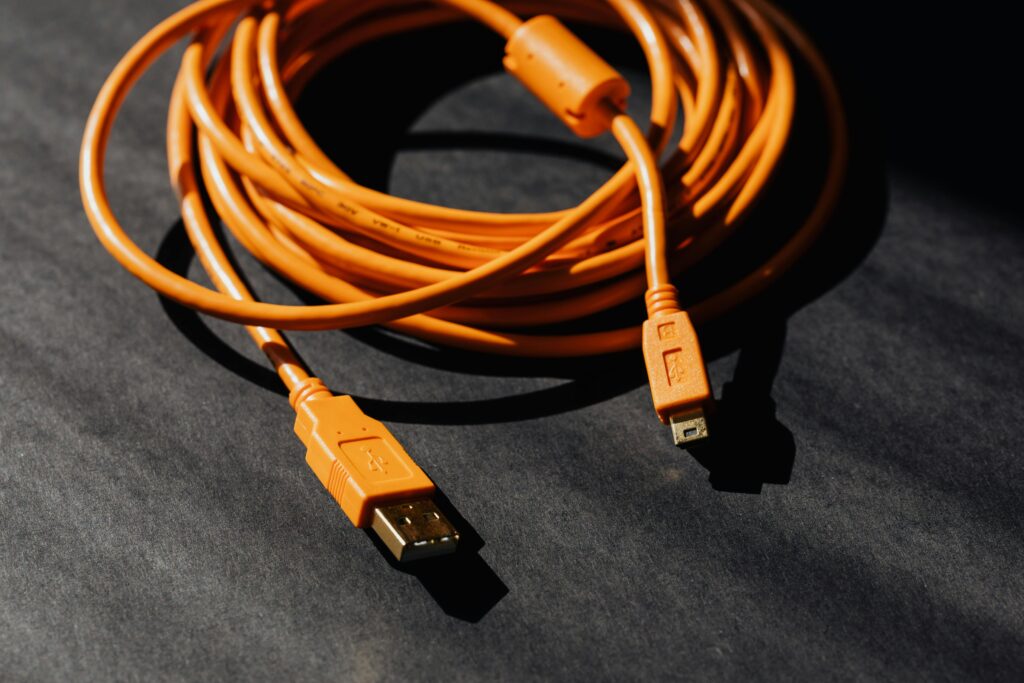Discover the fascinating world of Lithium Iron Phosphate (LFP) batteries and their impressive energy density. In this article, you’ll explore the specific energy capacity that distinguishes LFP batteries from other types of rechargeable batteries. With a focus on their technological significance and practical applications, you’ll gain a clear understanding of why LFP batteries are becoming increasingly popular in the market. Whether you are an electric vehicle enthusiast or simply curious about advancements in battery technology, this article will provide you with valuable insights into the dense energy capabilities of LFP batteries. Have you ever wondered how much energy you can fit into a single battery? Or why some batteries last longer than others while still being the same size? Well, you’re in the right place! We’re going to dive into the fascinating world of LFP (Lithium Iron Phosphate) batteries and explore their energy density. Understanding this property can help you make informed decisions about the batteries you use in your devices, vehicles, or renewable energy projects.
What Is the Energy Density of LFP Batteries?
To get started, let’s first define energy density. In simple terms, energy density is a measure of how much energy a battery can store relative to its size or weight. Specifically, for LFP batteries, energy density can provide valuable insights into how much power they can deliver and how long they can last in various applications.
Why Energy Density Matters
Energy density is crucial for several reasons. If you’re choosing a battery for an electric vehicle, a higher energy density means you can travel further on a single charge. In handheld devices, higher energy density translates to longer usage times between charges. In renewable energy systems, it affects how much power you can store for use when the sun isn’t shining or the wind isn’t blowing.
Understanding LFP Batteries
Before diving into the specific energy density values, let’s understand what LFP batteries are and why they are popular.
What Are LFP Batteries?
LFP stands for Lithium Iron Phosphate, a type of rechargeable battery. They are known for their long cycle life, thermal stability, and safety features. Unlike Lithium-Ion batteries that use cobalt or nickel, LFP batteries use iron and phosphate as the primary chemical components. This not only makes them safer but also more environmentally friendly.
Advantages of LFP Batteries
- Long Lifespan: LFP batteries can endure up to 2,000-3,000 charge cycles, which is significantly higher than traditional lithium-ion batteries.
- Safety: They are less prone to overheating and catching fire, making them suitable for a wide range of applications.
- Stability: The chemistry of LFP batteries provides excellent thermal and chemical stability, making them reliable even in demanding conditions.
- Eco-Friendly: The absence of toxic heavy metals like cobalt makes them more environmentally friendly.
Limitations of LFP Batteries
- Lower Energy Density: One of the main limitations is their lower energy density compared to other lithium-ion batteries, such as Lithium Cobalt Oxide (LCO) or Lithium Nickel Manganese Cobalt Oxide (NMC).
- Weight and Size: These batteries tend to be heavier and bulkier, which can be a disadvantage in applications where space and weight are critical.

Measuring Energy Density
When it comes to batteries, energy density can be expressed in two ways: volumetric energy density and gravimetric energy density.
Volumetric Energy Density
This is the amount of energy a battery can store per unit volume, typically measured in watt-hours per liter (Wh/L).
Gravimetric Energy Density
This is the amount of energy a battery can store per unit weight, typically measured in watt-hours per kilogram (Wh/kg).
Here’s a simple way to remember:
- Volumetric Energy Density: How much energy fits into a given space.
- Gravimetric Energy Density: How much energy a battery holds for its weight.
Comparing LFP to Other Batteries
To provide a clearer picture, let’s compare the energy density of LFP batteries to some other popular types of batteries:
| Battery Type | Volumetric Energy Density (Wh/L) | Gravimetric Energy Density (Wh/kg) |
|---|---|---|
| Lithium Iron Phosphate (LFP) | 220-280 | 90-160 |
| Lithium Cobalt Oxide (LCO) | 500-700 | 150-250 |
| Nickel-Cadmium (NiCd) | 50-150 | 40-60 |
| Lead-Acid | 70-110 | 30-50 |
As you can see, LFP batteries have lower energy density compared to LCO batteries but far exceed older technologies like Nickel-Cadmium and Lead-Acid batteries.
Applications of LFP Batteries
Despite their lower energy density, LFP batteries are widely used in various applications due to their distinct advantages.
Electric Vehicles (EVs)
One of the most popular uses of LFP batteries is in electric vehicles. The long cycle life and safety features make them ideal for this application. Moreover, manufacturers are increasingly developing LFP battery technology to improve their energy density, making them more competitive.
Renewable Energy Storage
LFP batteries are also prevalent in solar and wind energy storage systems. Their long lifespan and safety features make them reliable for long-term use, storing renewable energy for when it’s needed most.
Consumer Electronics
While not as common as lithium-ion batteries in smartphones or laptops, LFP batteries are still used in various consumer electronics, particularly where safety is a priority.
Industrial Applications
In industrial settings, where safety, stability, and long service life are more critical than compact size or weight, LFP batteries shine. They are used in backup power supplies, forklift batteries, and in uninterruptible power supplies (UPS).
Off-Grid Systems
For off-grid applications such as remote cabins, telecommunications equipment, and emergency response, the reliability and long life of LFP batteries make them an excellent choice.

Future Developments in LFP Battery Technology
The world of battery technology is ever-evolving. Researchers are continually looking for ways to improve the energy density and performance of LFP batteries. One area of focus is enhancing the electrolyte and electrode materials to increase energy storage capacity.
Advancements in Electrolytes
Scientists are experimenting with different electrolyte compositions to improve the overall energy density of LFP batteries. These advancements could potentially increase both volumetric and gravimetric energy densities, making LFP batteries even more competitive.
Improved Electrode Materials
Developments in electrode materials are also on the horizon. Researchers are exploring various carbon nanotube and graphene-based materials that could significantly boost the performance of LFP batteries.
Smart Battery Management Systems
Battery Management Systems (BMS) are becoming more intelligent and capable, helping to extend the lifespan and performance of LFP batteries. Advanced BMS can optimize charging and discharging cycles, monitor cell temperatures, and improve overall efficiency.
Conclusion
Understanding the energy density of LFP batteries is crucial for making informed choices about the batteries you use. While they may not have the highest energy density compared to other lithium-ion batteries, their long lifespan, safety, and stability make them an excellent choice for a wide range of applications. From electric vehicles to renewable energy storage, LFP batteries offer numerous benefits that make them a reliable and sustainable option.
So the next time you’re considering a battery for your needs, remember to weigh the pros and cons of energy density against other important factors like safety, longevity, and environmental impact. By doing so, you can choose the battery that best fits your unique requirements.
Thank you for joining me on this journey through the world of LFP batteries! I hope this article has provided you with valuable insights and information. If you have any more questions or need further clarification, feel free to reach out. Happy energy storing!


